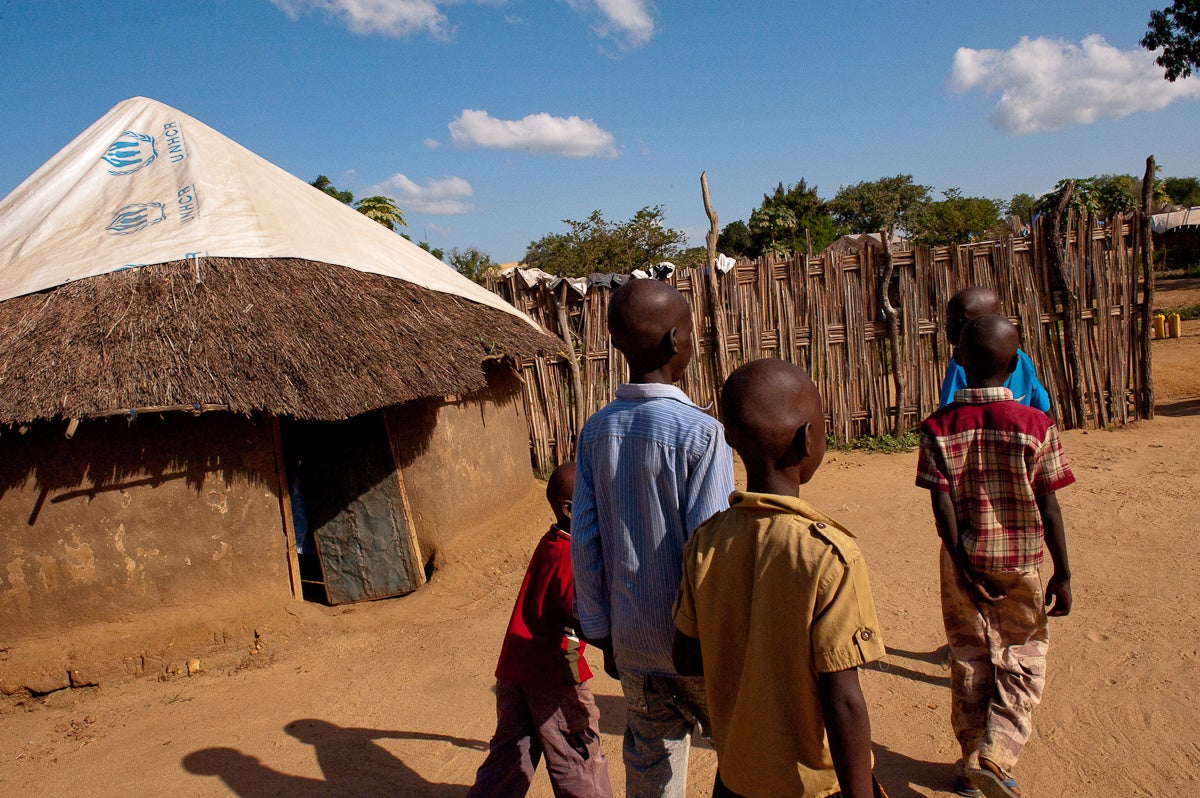
At least since Aristotle, theorists have believed that political discontent and its consequences—protests, instability, violence, revolution—depend not only on a society’s absolute level of economic well-being, but also on its distribution of wealth. However, many societies also experience low levels of conflict that continue to simmer without tipping over into the kind of outright violence that takes a heavy toll on lives, livelihoods, economic output, and stability for multiple generations.
Inequality and exclusion matter…but only to a degree
How do countries reach this tipping point? We look more deeply into such issues in the UN–World Bank jointly published report, Pathways for Peace, which was launched during the 2018 Fragility Forum. Research typically shows that many of today’s violent conflicts relate to group-based grievances arising from inequality, exclusion, and perceptions of injustice.
In this context it is important to differentiate between two dimensions of inequality—vertical (among individuals or households) and horizontal (between culturally defined or constructed groups based on some identity characteristics, such as ethnicity or religion). Every country has groups that believe they suffer from one or both of these dimensions.
However, determining the link between vertical inequality and violent conflict has proven elusive. Recent conflict studies have failed to find statistically significant evidence of the relationship between measures of vertical inequality (the Gini coefficient) and the onset of violent conflict.
This may be because violent conflict stems from economic, social, and political differences between social groups rather than within groups. Indeed, there is stronger evidence to support this hypothesis. In fact, we find that there is a positive relationship between horizontal inequality and the onset of violent conflict. This positive relationship is due to the presence of group identity and a collective sense of inequality that creates group grievances. Group grievances that are not ameliorated and continue to foment can escalate into violent conflict when such groups either have the opportunity or are compelled to collectively mobilize to assert their sense of alienation and injustice.
Nursing grudges over time
However, the chances of violence are higher if leaders of a group can both frame the intergroup inequality as unfair and assign blame to another actor, usually a different identity group or the state. Elites can play a significant role in collective mobilization through shaping such narratives. In Indonesia, conflict escalated in one of three resource-rich provinces where elites shaped the narrative in such a way that harnessed simmering resentments regarding unequal access to benefits from natural resources so they turned into grievances that contributed to violence.
Perceptions often trump reality
Our study shows that violence prevention efforts need to pay special attention to perceptions around inequality and injustice. Perceptions play a powerful role in creating feelings of exclusion and injustice that can be mobilized toward violent collective action. Indeed, some evidence suggests that perceptions of exclusion and inequality often matter more in terms of their potential for mobilization than the actual extent of inequality and exclusion.
A call to arms
This report puts inclusion—economic, social, and political—and inclusive development at the center of the conflict prevention agenda. It finds that on their own, inequality among groups and group-based exclusion do not generate violence. But these create fertile ground for festering grievances that can rapidly deteriorate into violent conflict in the absence of incentives or mechanisms to address grievances and mitigate perceptions of exclusion and inequality. Emotions, collective memories, frustration over unmet expectations, and a narrative that incites a group to violence can all play a role in this mobilization.
Addressing exclusion and horizontal inequality is a very important prevention strategy, but it is not enough. In addition, we need to look more closely at perceptions and youth aspirations, which often do not coincide with reality.
Finally, much more evidence-based analysis is required to bolster this agenda with potential frontiers around individual country studies that examine the causal relationship between inequality, exclusion, and conflict. There also needs to be a heightened focus on perceptions and aspirations, particularly of youth and women. The 2030 Agenda for Sustainable Development provides a useful framework through which various social and economic inequalities can be addressed, not only through SDG 10, which is focused on inequalities, but also through other SDGs.


Join the Conversation